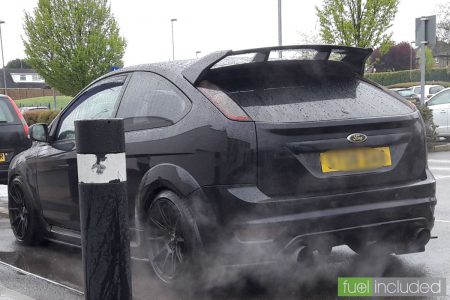The age of the Internal Combustion Engine (ICE) is over. Electric cars are the future. The transition has just begun, but the move from ICE vehicles to Electric will happen sooner and more quickly than most people suspect.
What are the factors that lead me to say this with such confidence?
1 China says so!
China is now the world’s largest car market (of the 86m cars sold in 2017, 30% (25.8m) were sold in China, compared to 20% (17.2m) in the US, and 18% (15.6m) in the EU).
Unsurprisingly, car manufacturers want to have access to this market. However, China has passed a law which requires any vehicle maker to obtain a new energy vehicle score of at least 10% by 2019, which rises to 12% by 2020, and on up to 20% of sales by 2025.
As a result of this announcement, all the major OEM’s have suddenly found EV religion. A slew of announcements has followed about the 10’s of billions of dollars or Euros they are investing in their EV development programs and the partnerships or huge investments they are creating to secure their battery supply chain. The CEO of Porsche has even gone on record as saying that after 2030 all Porsche cars will be 100% electric.
So, China has spoken, and the car manufacturers have listened. In the next 18 months, expect the number of electric vehicle models available to purchase, to increase significantly.
2 Battery Costs are falling
The main cost of an electric vehicle is the cost of the battery. These price of these batteries is falling significantly.
Lithium-Ion batteries cost $1,000 per kWh in 2010. By 2017 that cost had fallen to $200 per kWh, and it won’t stop there. At the Tesla shareholder meeting on June 5th of this year, Elon Musk stated that Tesla would be at $100 per kWh within 2 years. $100 per kWh is widely agreed to be the figure where EVs and ICE vehicles will have a comparable upfront purchase price.
So, by 2020 the cost of batteries will have fallen 90% in 10 years, and the price will continue to drop.
3 Battery capacity is increasing
Lithium-Ion batteries are increasing in energy density at a rate of 5-8% per annum. Mercedes has said that their fully electric Mercedes EQC, which will come to market in 2019, will have an expected range of 500km. While the Tesla Roadster, which launches in 2020, has a stated range of 1,000km. When Electric Vehicles have a range of 1,000km, it is the ICE vehicles which start to have a range problem.
Moreover, other battery technologies like solid-state batteries will come on stream giving us batteries that are cheaper, faster charging, and with even greater range still.
4 Electric car batteries have a very long life
Contrary to what many believe, the batteries in electric vehicles don’t degrade over time (or over miles/kilometers driven either).
Read more: Forbes

